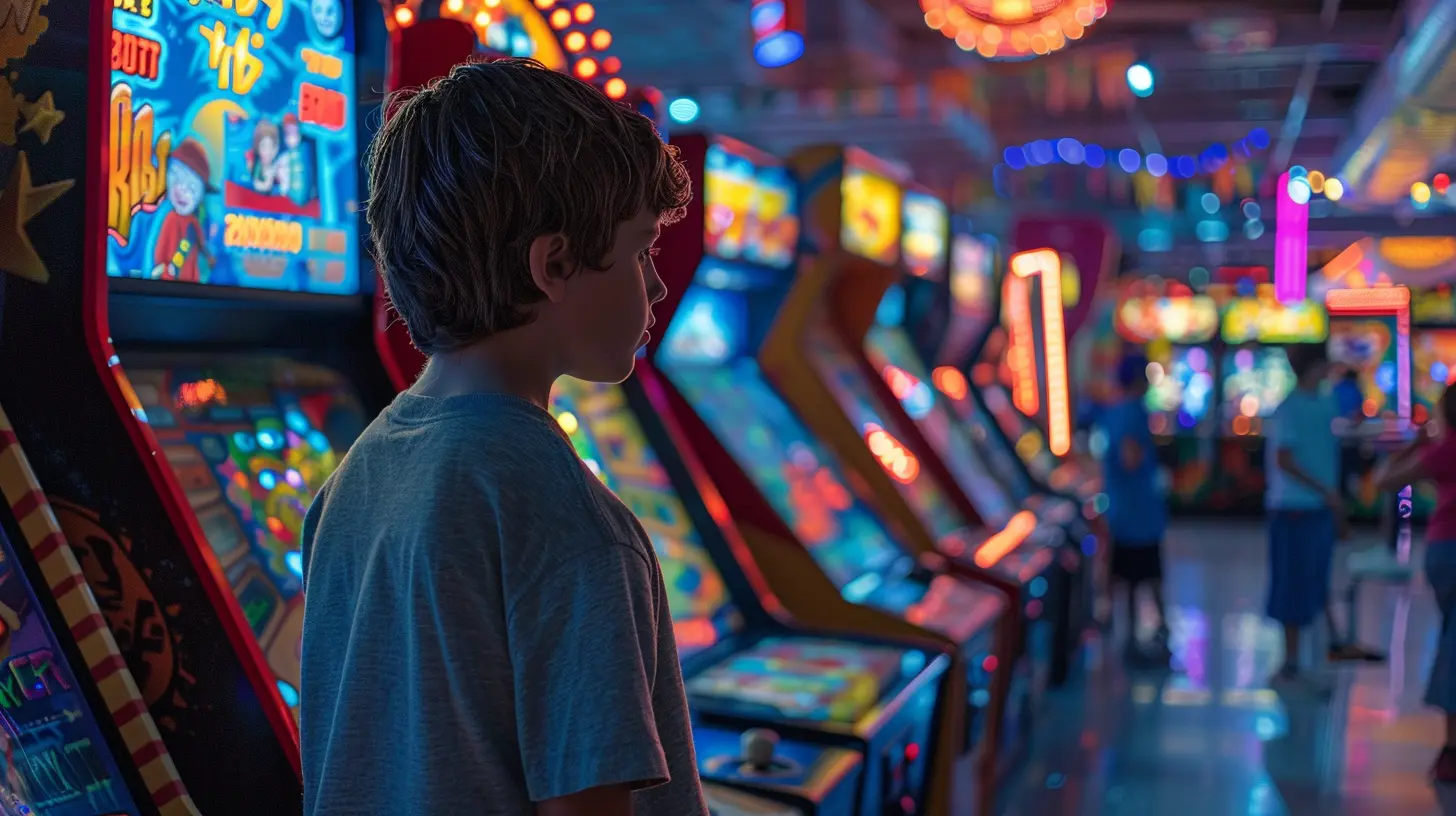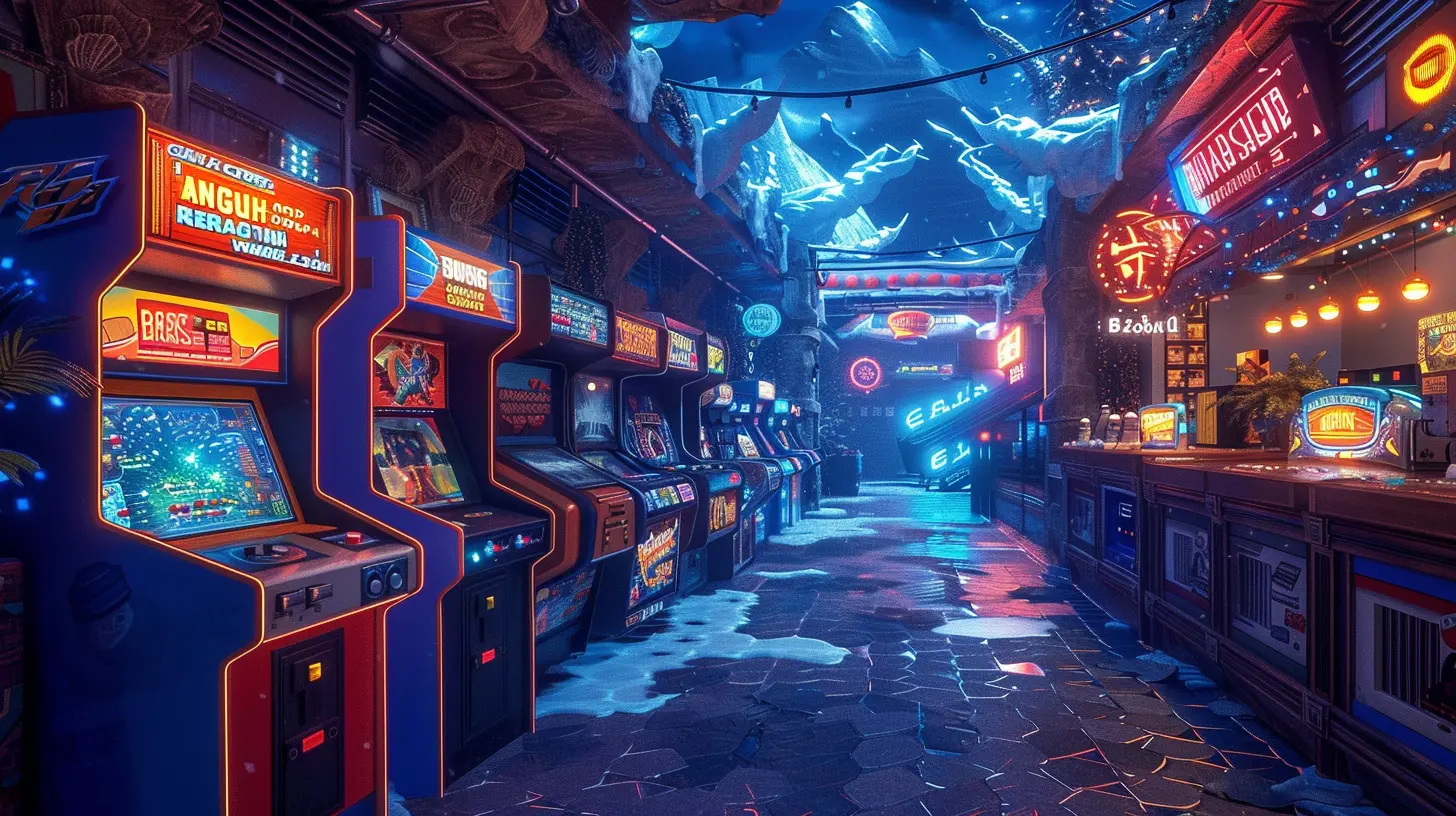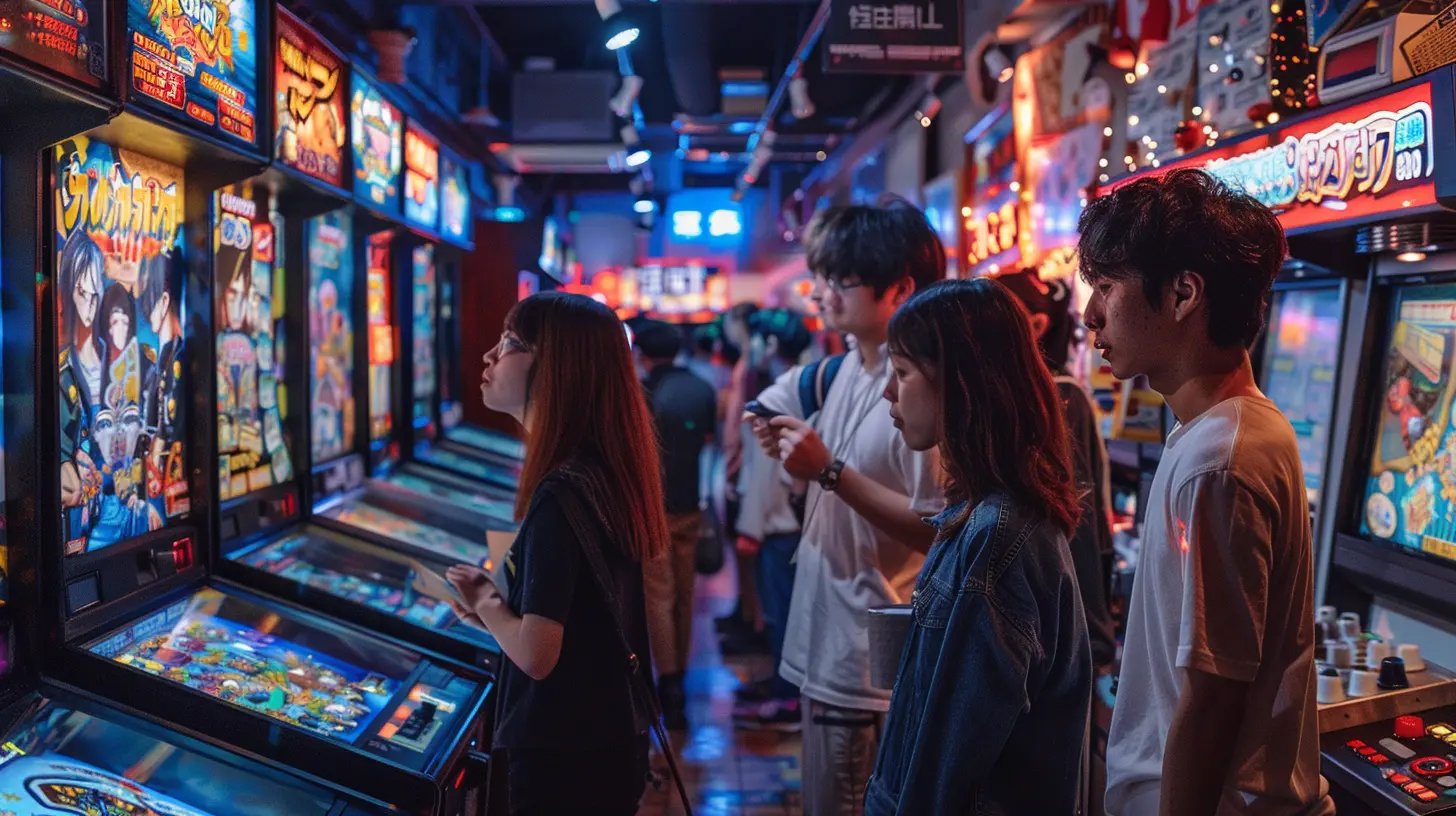The Art of Button Mashing: Strategies to Improve Reaction Time
28 May 2025
When it comes to gaming, few skills are as crucial as lightning-fast reaction time. Whether you’re dodging a surprise attack in a fighting game, pulling off a split-second block in a sports simulation, or hammering buttons furiously in a rhythm game, your reflexes will often decide the outcome. But perfecting your reaction time isn’t just about smashing buttons randomly (though that often feels like step one); there’s a whole art and science to it. So, how do you take your button-mashing game from amateur to expert? Let’s break it down.

What Is Button Mashing and Why Does It Matter?
First things first: What exactly is button mashing? At its core, it’s exactly what it sounds like—rapidly pressing buttons in a game controller with little to no deliberate strategy. It’s often associated with panic, particularly in high-stakes gaming moments where precision seems secondary to sheer chaos.But don’t let the name fool you. Successful button mashing isn’t just spamming inputs mindlessly; it’s a fine art of controlled frenzy. Done effectively, it can help you maximize your reaction time, chain combos, and even psyche out your opponents in competitive play. Like an action hero dodging bullets in slow motion, mastering the art of button mashing lets you stay one step ahead when milliseconds count.
Why Reaction Time is Critical in Gaming
Your reaction time is essentially the bridge between seeing an in-game event and physically responding to it. The faster that bridge, the better your chances of success. Whether you’re parrying a sword in Elden Ring or countering a punch in Tekken, you need to respond ASAP.Great reaction time can be a game-changer (literally). But here’s the kicker: Reaction time isn’t fixed. It’s something you can work on and improve. Whether you're a casual gamer or aiming for esports glory, developing faster reflexes can elevate every aspect of your performance.
Step 1: Build Solid Basics
Before you can nail those split-second reactions, you need a solid foundation. Think of it like learning to walk before you try sprinting.Get Comfortable With Your Controller
Ever fumbled around and hit the wrong button in a tense moment? Happens to the best of us. Start by familiarizing yourself with your controller or keyboard layout. Muscle memory is your best friend, and it begins with knowing the exact location of each button without even looking.Take some time to play games in a low-pressure environment to practice this. For example, if you’re into fighting games, hop into training mode and rehearse basic moves over and over. Even casual repetitions can hardwire those inputs into your brain.
Choose the Right Gear
Not all controllers are created equal. For instance, some fighting game enthusiasts swear by arcade fight sticks for their faster response times. Similarly, PC gamers may invest in mechanical keyboards with lower actuation points. The goal? Minimize input lag and maximize efficiency. Test out different setups and see which one feels most natural for you—comfort is key.
Step 2: Boost Your Reaction Time
Your reaction time isn’t just random; it’s tied to how your brain processes information and sends signals to your fingers. With practice, you can sharpen those neural pathways.Try Reaction Time Training Games
Believe it or not, there are games specifically designed to help you improve your reaction time. Tools like Aim Lab or the Human Benchmark Reaction Time Test are great for practicing speed and accuracy. These games challenge you to respond to visual or auditory cues as fast as possible, helping to build that muscle memory.Even fast-paced FPS titles like Call of Duty or Valorant can double as reaction time training if you focus on how quickly you spot enemies and take action.
Stay Physically Sharp
Reaction time isn't just mental—it’s physical too. Keep your hands and fingers limber by stretching them before and during gaming sessions. And yes, it sounds basic, but don’t underestimate the power of staying hydrated and getting enough sleep. Tired hands and a foggy brain are no good for split-second decisions.
Step 3: Hone Your Button-Mashing Technique
Now that the groundwork is set, let’s talk about the actual art of button mashing. Spoiler alert: It’s about way more than just mashing the same button over and over like you’re pounding out Morse code.Alternate Fingers (Don’t Fatigue One Hand)
One rookie mistake? Relying too much on one thumb or finger. Not only does this limit your speed, but it can lead to fatigue mid-match. Instead, switch between fingers or use a "rolling" motion to press buttons successively. In fighting games, this technique is often called “pianoing” because it mimics how pianists press keys quickly.Anticipate Rather Than React
This is where button mashing shifts from frantic randomness to proactive strategy. If you can predict what’s coming next (based on your opponent’s moves or game patterns), you can press the necessary input before you even see the prompt. This significantly cuts down on reaction time.For example, in rhythm games like Dance Dance Revolution, experienced players don’t wait for arrows to reach the marker; they memorize patterns and start pressing buttons in advance.
Step 4: Adapt to Situations
One of the best skills you can develop is adaptability. Gaming isn’t static—things change fast, and so should your approach.Learn When NOT to Button Mash
For all its benefits, button mashing does have a downside—there are times when precision outweighs speed. In games where timing matters, like Super Smash Bros., mashing the attack button could leave you vulnerable to counterattacks. Always read the situation. Sometimes, less is more.Stay Calm Under Pressure
Let’s face it—button mashing is most tempting during those high-stakes moments when everything’s on the line. But if you panic, you’re likely to spam buttons without any real thought, which can backfire. Take a deep breath, focus on the game, and trust in your training. Staying calm can actually make your reactions faster and more accurate.Step 5: Practice, Practice, Practice
Yep, it’s the classic advice you didn’t want to hear. But it’s true—practice makes perfect. The more you play games that demand quick reflexes, the sharper your reaction time becomes. So, find a title that challenges you and keeps you on your toes. Eventually, the inputs will feel less like work and more like second nature.The Science Behind Reaction Time (For the Nerds)
If you’re curious about what’s going on behind the scenes, here’s the deal: Reaction time is affected by two main factors—your sensory processing speed and motor response. Your eyes see something (like an incoming attack), your brain processes it, and then your fingers act on it. The more training you put in, the faster that chain of events happens.Interestingly, your environment can also play a role. High refresh rate monitors, for instance, can reduce input lag and help you react faster in visually intensive games. Pair that with a gaming mouse or controller with low latency, and you’ve got a recipe for faster reflexes.
Final Thoughts
The art of button mashing is about more than just slamming buttons as fast as humanly possible—it's a combination of technique, practice, and mental focus. Improving your reaction time will help you perform better in high-pressure moments and master the games you love. Whether you're a console warrior or a PC legend, learning to blend chaos with control might just be the edge you need to dominate.So, grab your controller, start practicing, and the next time someone accuses you of button mashing, you can proudly say, “It’s a skill, not luck.
all images in this post were generated using AI tools
Category:
Arcade GamesAuthor:

Aurora Sharpe
Discussion
rate this article
3 comments
Bailey Middleton
Great insights! Mastering button mashing can really elevate gameplay. I’m excited to try these strategies to boost my reaction times!
June 14, 2025 at 3:13 AM

Aurora Sharpe
Thank you! I'm glad you found the insights helpful. Best of luck with your gameplay!
Faelith McNeal
Great tips! Button mashing can be a fun challenge for everyone!
June 10, 2025 at 3:32 AM

Aurora Sharpe
Thank you! I'm glad you enjoyed the tips—button mashing can indeed be a fun way to sharpen those reflexes!
Nina McGarvey
This article effectively highlights the nuances of button mashing, offering insightful strategies for gamers looking to enhance their reaction time. The tips provided are practical and accessible, making it a valuable resource for both novices and seasoned players aiming to refine their skills. Great read!
June 7, 2025 at 4:46 PM

Aurora Sharpe
Thank you for your kind words! I'm glad you found the strategies useful for enhancing reaction time. Happy gaming!



